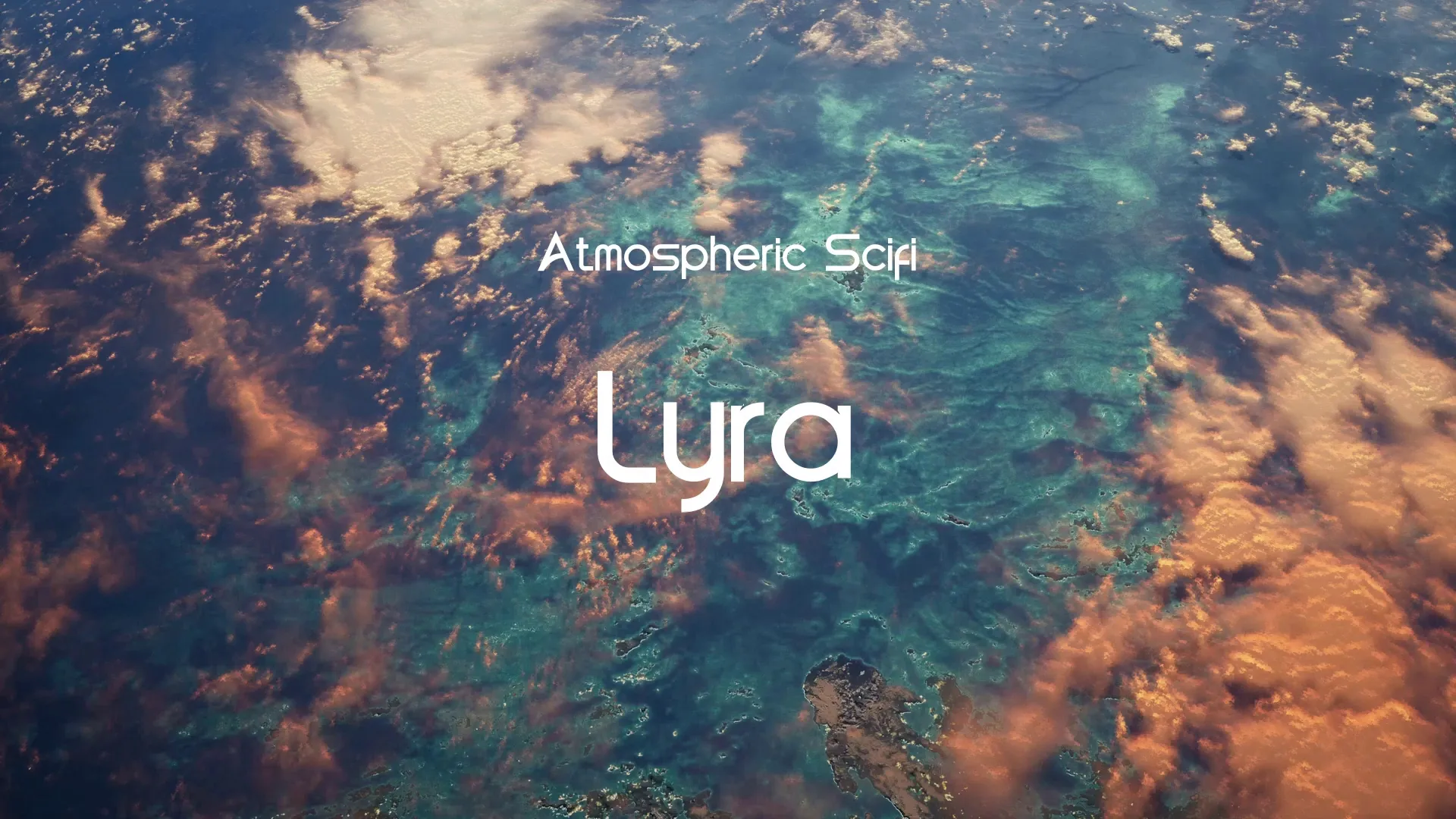Smart Strategies for Buying Game Assets: Market Analysis & Pricing on Steam
Smart Strategies for Buying Game Assets: Market Analysis & Pricing on Steam
Acquiring game assets is a critical part of modern game development, especially for indie studios. Smart asset acquisition can significantly impact your budget, development timeline, and game quality. This guide will walk you through effective strategies for purchasing assets, focusing on market analysis and understanding pricing dynamics on platforms like Steam.
The Strategic Importance of Asset Acquisition
Leveraging pre-made assets allows developers to save time and resources, accelerating the development cycle. However, indiscriminate purchasing can lead to bloated projects or inconsistent art styles. A strategic approach ensures assets enhance your game without creating new problems.
Market Analysis for Game Assets: Beyond the Price Tag
Effective asset acquisition begins with thorough market analysis, not just browsing marketplaces. Evaluate the demand for specific asset types and identify gaps in existing libraries. Consider the longevity and reusability of assets across multiple projects.
Identifying Value in Asset Marketplaces
Value isn’t solely determined by a low price; it includes quality, flexibility, and compatibility. High-quality assets, even if more expensive, can save significant development time and improve your game’s polish. Look for assets that offer customization options or come with well-structured files.
Understanding Asset Store Ecosystems
Various marketplaces cater to different needs, from general-purpose stores to specialized platforms for specific engines or art styles. Wayline’s Strafekit offers a curated selection of high-quality assets across various categories, designed to integrate seamlessly into your projects. Explore different platforms to find the best fit for your project’s aesthetic and technical requirements.
Decoding Game Pricing Models on Steam: A Developer’s Perspective
While this article focuses on buying assets, understanding Steam’s pricing models for games informs your asset budget. The perceived value of your final product influences how much you can reasonably spend on development, including assets. Analyze successful titles in your genre to gauge market expectations for pricing and content.
How Asset Costs Influence Your Game’s Retail Price
Every asset purchase contributes to your game’s overall development cost. These costs, alongside salaries and marketing, inform your final retail price on platforms like Steam. A clear understanding of your asset investment helps justify your game’s price point to consumers.
Leveraging Market Data for Asset Decisions
Use Steam’s sales data and competitor pricing to inform your asset purchasing. If a certain visual style or feature set is popular and commands a higher price, investing in quality assets that achieve that look can be justified. Conversely, for budget titles, cost-effective asset solutions are paramount.
Quality Control: Avoiding Common Asset Pitfalls
Not all assets are created equal, and some can introduce more problems than they solve. Common pitfalls include inconsistent art styles, poor optimization, and incorrect scaling.
The Trap of Inconsistent Art Styles
Mixing assets from disparate sources without careful curation often results in a visually disjointed game. Prioritize assets that align with your game’s established art direction. Create a clear style guide before you begin purchasing to maintain visual harmony.
Performance Bottlenecks from Unoptimized Assets
Poorly optimized 3D models with excessive polygon counts or uncompressed textures can severely impact game performance. Always inspect asset specifications and, if possible, test them in your engine before committing. Optimization work post-purchase can negate any time savings initially gained.
Scalability and Integration Issues
Assets that are incorrectly scaled or not properly rigged can lead to significant rework. Always check for proper UV mapping and clean topology, especially for character models. Sometimes, minor adjustments like flipping normals are necessary, and resources like 'Blender: How to Flip Normals' can be incredibly helpful for quick fixes.
Practical Guide: Importing FBX into Unity
Many 3D assets come in the FBX format due to its widespread compatibility. Importing these into Unity is straightforward but requires attention to detail.
Create a free account, or log in.
Gain access to free articles, game development tools, and game assets.























